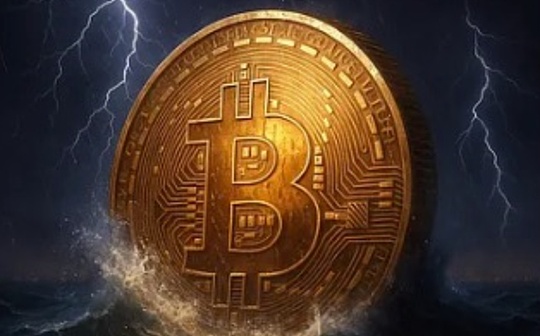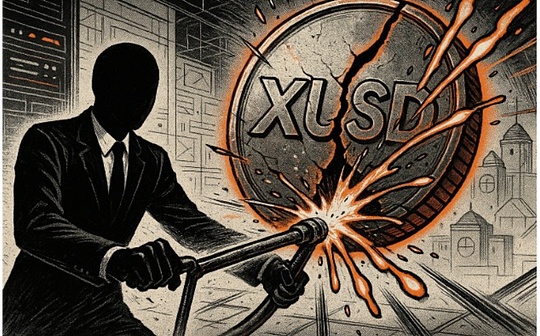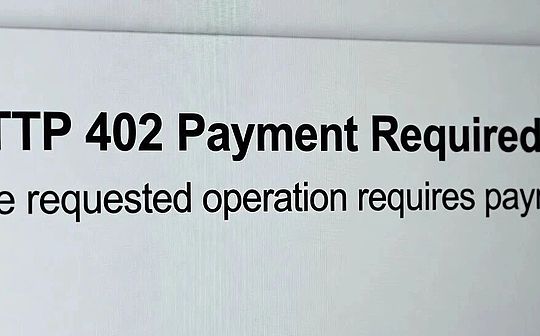
Author:Token Dispatch, Nishil
Preface
My social media has been filled with Monad boxes this past week.Is anyone else like me, unable to resist logging in to open one every day?It feels like I’m back in my childhood, opening blind boxes, cricket cards, Pokémon card packs – all these thrills condensed into a few clicks of the mouse.We grow up, but some habits never go away.
Speaking of old things, I often think that if someone in the 2000s tried to use payment apps and banking services now, they would hardly feel any difference.Why is it that instant messaging has evolved so far that anyone can send a message to anyone in the world with just a click, but when I try to send money the Internet suddenly seems outdated?
This is because the original intention of the Internet was to share information, and money was always secondary.We bridge the funding gap through advertising, subscriptions and payment gateways.These methods are clever, but not really fundamental solutions.
I have always found it strange that the Internet has allowed communication to break free from geographical restrictions, but the flow of money still has to go through the outdated banking system.We’ve developed AI agents smart enough to find the best flights in seconds, but they still have to wait for a sluggish human to enter a credit card number to complete a purchase.
Today, AI agents are responsible for the tasks we once were responsible for, and if they are still expected to use outdated financial systems, it will seriously hinder the development of AI.Brokers need a way to move money around the network as easily as data, and we need to build this system for them.
This is the gap Coinbase is trying to fill with x402.
Let’s get down to business now.
forgotten status code
x402 is based on a long-forgotten part of the HTTP protocol – its original purpose was to make payments as easy as loading images or videos.But to understand what x402 is, we first need to dig into how HTTP itself works and what the 402 status code is used for.
HTTP is the foundation of the modern web, defining the rules for data transfer between a client (such as your browser) and a server.To manage this communication, HTTP uses status codes, which are short signals that tell the browser what happened when it tried to access the page.You may have seen some of these status codes:
-
HTTP 200 – OK: Page loaded successfully.
-
HTTP 404 – Not Found: The resource does not exist.
-
HTTP 500 – Internal Server Error: A server-side failure occurred.
These codes help the browser understand the interaction and communicate it clearly to the user.

In addition to the well-known common codes, the HTTP standard also contains a few other defined but rarely used codes, one of which is HTTP 402: Payment Required.
The 402 standard itself is very simple and straightforward.It opens up space for web pages to pass payment-related information through the HTTP standard, much like the <img> tag tells the browser where to find images.
Incredibly, this idea languished for decades.I think it just needs the right financial tools that can achieve the scale of the Internet, which is blockchain.
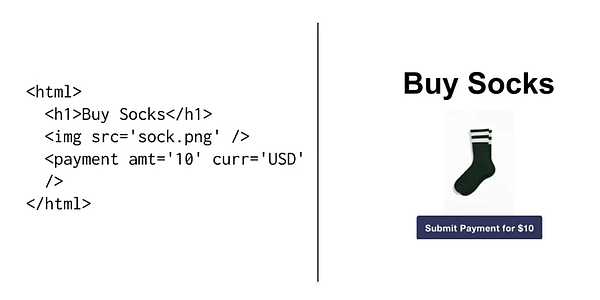
But the real question is: What exactly happens after you click to pay?
According to the standard, the server returns “HTTP 402: Payment Required”.On its own this may seem trivial, but when combined with an infrastructure that can move money as quickly and easily as networked information transfers, it could be game-changing.
Wait, isn’t that what Stripe and PayPal are doing?Make online payment possible?
No, the way Stripe works is very different from what x402 is proposing.
While internet payment solutions like Stripe and PayPal enable one-click payments on the web, there are still many barriers to achieving this goal.
These solutions bypass the HTTP server the user is interacting with and redirect the user to their own APIs and interfaces.This limits both merchants and users to a closed ecosystem that requires KYC verification to enter, a credit card to pay, and various fees that make small payments difficult.
If I had to withdraw money from a designated ATM every time I made a purchase in a store, I might as well not buy anything at all.This experience is very similar to PayPal today, but online.
The core problem is not PayPal’s design, but that traditional banking itself is not scalable enough to support the liquidity of online commerce.
I can send emojis to anyone, anywhere in the world, and cost and time-wise it’s the same as sending an article.But the situation is different when it comes to online payments.
Most cards and services like PayPal charge a processing fee of around 3% in addition to a flat fee.This fee makes small transactions online nearly impossible.It could cost more than $0.30 to send $0.01 which is just ridiculous.
Blockchain does not have these limitations.What excites me most is that with the advent of stablecoins and high-throughput networks that can handle thousands of transactions per second, everything is finally falling into place.We now have the infrastructure to make transferring money over the Internet as easy as sending a text message.
HTTP meets blockchain – x402
Ultimately, x402 is just a modern upgrade to a long-forgotten 1990s status code.It supports native HTTP-based payments and is powered by Orbital on the blockchain.
Let me explain to you how it works:
Requests: When a client (whether human or AI) requests something without a valid payment, the server replies with an HTTP 402 Payment Required message along with a JSON payload explaining what needs to be paid, how to pay it, and to whom.
Pay: The client then makes the payment (usually using USDC on a supported network) and resends the request with a Confirm Payment Authorization header.
Verification: The payment service provider checks the on-chain payment and if valid, the server will release the requested data.
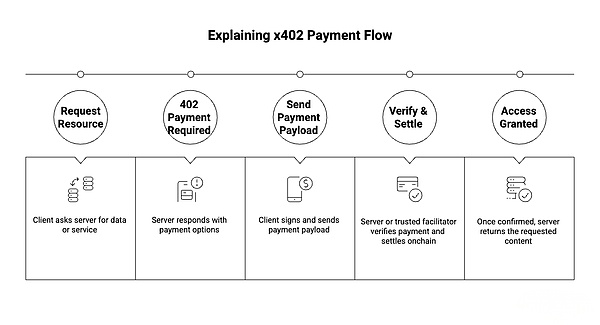
Importantly, x402 itself does not handle funds, it only defines the handshake protocol.Settlement is completed by the payment “service provider” (payment processor or on-chain contract) configured by the client.
The power of x402 is that it allows my Web 2.0 developer friends to add stablecoin payments to their existing websites without any new integrations or complicated setup.It’s actually simpler than configuring Stripe or PayPal, which makes it much easier for me to pitch Web 3 technologies to them.
At the same time, the AI system I use allows me to finally browse and pay with one click, making online shopping as easy and convenient as sending and receiving emails.This was effortless for me and my AI assistant.
What excites me most about this shift in online payments is that I finally have control over how my money moves across the web.I can develop a clear strategy that clearly defines where my money will go.
I just want to pay for that WSJ article I read, not have a monthly subscription that accumulates in spam.I want my streaming app to only charge for actual seconds watched and no longer be tied to an annual contract.I want my AI agent to be able to get research from paid sources and access APIs on a pay-as-you-go basis.This level of control feels liberating.
While allowing businesses to accept micropayments may not be cost-effective in terms of unit economics, the ability of micropayments to help businesses expand beyond their current revenue scale is worthy of attention.This advantage is even more apparent when we look at how tiered transactions can transform passive internet users into active economic participants, potentially exponentially increasing online GDP in the process.
Coinbase launched the x402 standard in May of this year.Since then, several projects have been developed based on the standard.Some interesting use cases include:
-
Questflow: A multi-agent orchestration tool that uses the x402 protocol to let agents autonomously pay for APIs in complex workflows.
-
Anchor Browser: Allows in-browser proxies to pay for paywalled content or initiate new browsing sessions.
-
Pinata: Account-less IPFS upload and retrieval using x402.Pay to use private or public IPFS storage and retrieval without an account or API key.
In my opinion, what we have seen so far is just the tip of the iceberg.Once money flows like data, we will see money become freely combinable on the network.Search, discovery, and payments will increasingly shift into the hands of agents.
This isn’t shocking, but most use cases for x402 currently revolve around cryptographic applications.To attract external demand, we need the right network effects.
Just as eBay was the springboard that drove early adoption of PayPal, x402 now needs its own “eBay moment,” a flagship platform capable of driving mainstream adoption.
Fortunately, Coinbase is taking a leading role in the x402 space, which will help forge important Web 2.0 partnerships and bring us one step closer to finding a flagship platform that will spark widespread adoption.Some of these collaborations are significant:
-
Cloudflare: Recently partnered with Coinbase to launch the independent x402 Foundation.
-
Google: Integrating x402 into its new Proxy Payment Protocol 2 (AP2) standard, and
-
Visa: Visa has added support for x402 in its Trusted Agent Protocol (TAP).
What do I think?
In a few years, I’ll have my AI assistant generate a market report.It silently accesses various data sources, news reports, Reddit posts, and pays just a few cents to purchase articles and bypass paywalls, all while passing my pre-set policy checks.No checkout window, no payment form, and no tracking cookies lurking in the background to generate ad revenue.Everything is done autonomously and automatically according to my wishes.
This is the future I envision x402 ushering in—a world where payments become a native part of the web.
Once x402 scales, we will see entirely new use cases emerge that are not possible under today’s financial system.Users will deposit funds into the platform’s user interface and use the account anywhere on the web.Just imagine, social media likes can serve as a source of income for creators; a fitness agent can track your exercise equipment usage and buy you food that meets your healthy eating needs; a wearable device can monitor your daily conversations and recommend potential Polymarket trading opportunities to you; or your personal agent can communicate with other agents, negotiate and pay for air tickets, book rooms for you, and more.
This is just the tip of the iceberg.
With x402, I can see a network that can transfer money as easily as information, whether it’s cents or dollars, whether it’s an agent or a human.
The agents in my browser were excited about it, and so was I.


